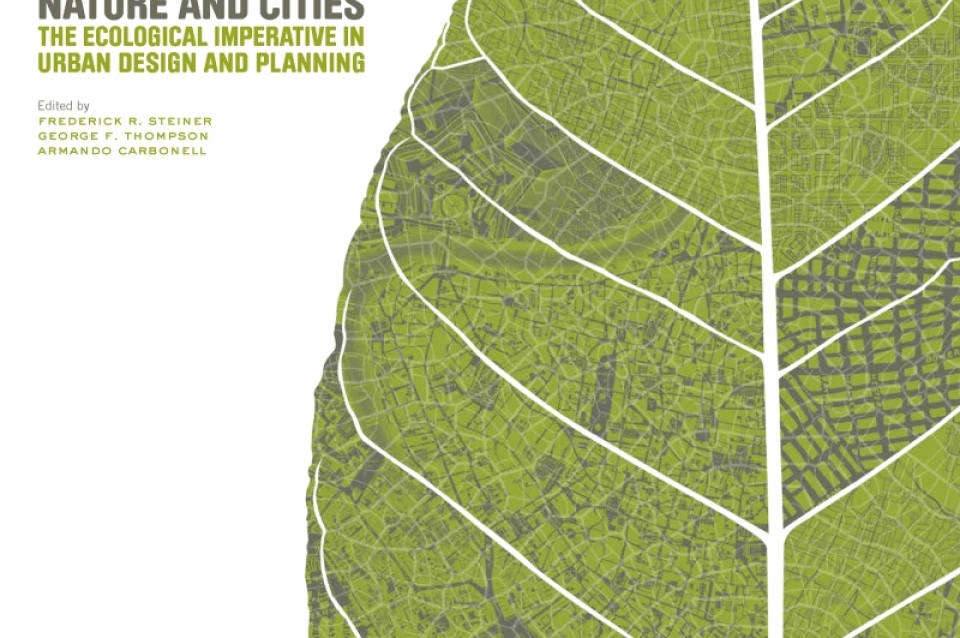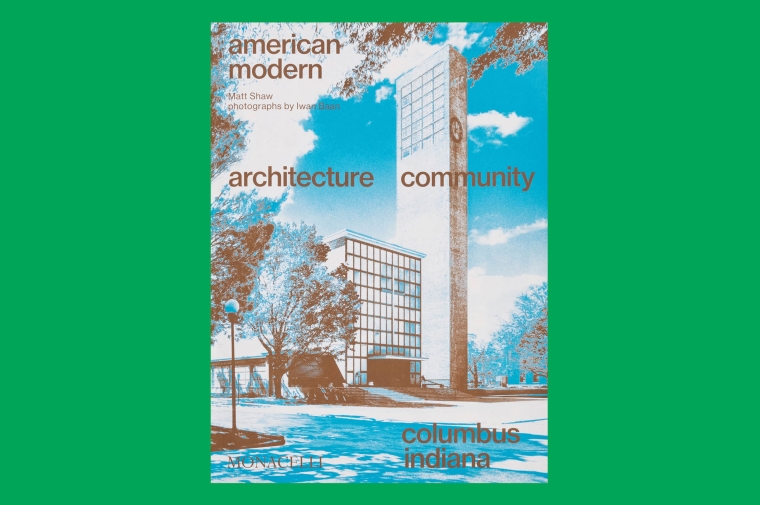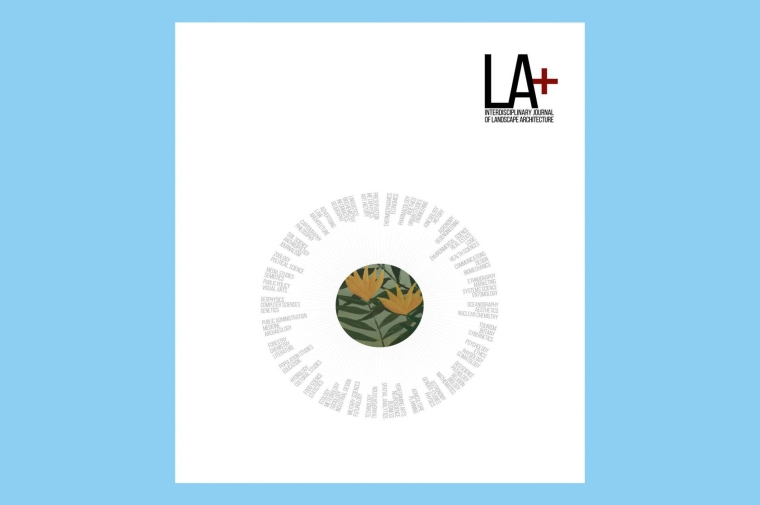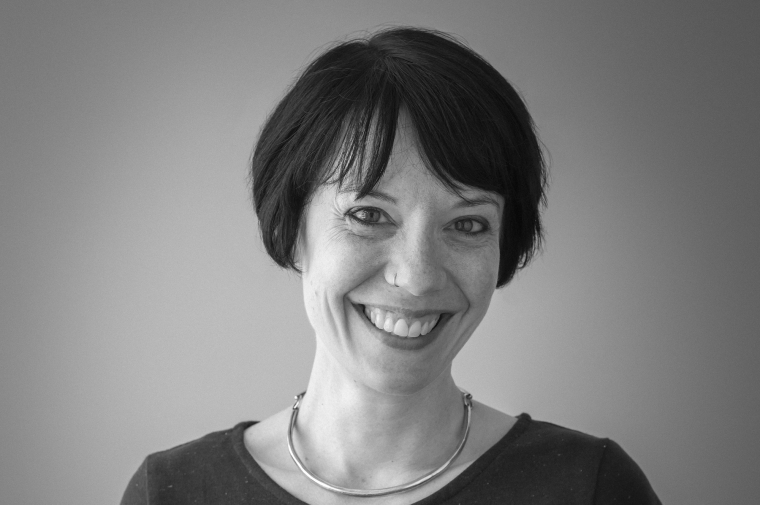October 16, 2016
Stuart Weitzman School of Design
102 Meyerson Hall
210 South 34th Street
Philadelphia, PA 19104
Get the latest Weitzman news in your Inbox
Media Contact
Michael Grant
mrgrant@design.upenn.edu
215.898.2539
This November sees the publication of Nature and Cities (Lincoln Institute of Land Policy), a collection of essays in which leading landscape architects, architects, city planners, and urban designers explore the economic, environmental, and public health benefits of integrating nature more fully into cities and of linking ecological information to actions across many scales, communities, and regions. Co-edited by Dean and Paley Professor Frederick Steiner, the book builds upon the premise of Ecological Design and Planning, also co-edited by Dean Steiner (Wiley, 1997), and includes contributions by PennDesign Landscape Architecture Chair Richard Weller, Professor Emeritus James Corner, and alumnus Charles Waldheim. Following is an excerpt by the editors.
If one travels far enough, long enough, one can still find longstanding human communities and cultures living intimately with the natural systems that surround them. Homes in the Amazon are still built on stilts to allow for the annual and seasonal fluctuations of the world’s second-longest river and world’s largest river basin. Homes in the American South have traditionally used the front and wraparound porch to offer shade and some relief from the noteworthy heat and humidity of the summer season, even as it allows for socialization from one neighbor’s house to another, as can be seen any day of the week in Vicksburg, Mississippi, where streets are lined by shotgun houses with shady front porches animated by conversation. Many Scandinavians still artfully use wood and the fine-art craft of notching to create some of the most energy-efficient cabin-homes anywhere, even as Nordic winters are among the most challenging on Earth. And, increasingly, LEED (Leadership in Energy & Environmental Design) initiatives are helping transform the world’s new architecture into energy-efficient structures, from the geothermal-powered Aldo Leopold Center in Baraboo, Wisconsin, winner of a LEED Platinum Award, to the Shanghai Expo UBPA redevelopment, the first project outside North America to receive a LEED Neighborhood Development Platinum Award.
Beyond LEED, landscape architects, planners, ecologists, and others designed the Sustainable Sites Initiative (SITES). Now administered by Green Building Certification Inc., SITES was envisioned as LEED for the outdoors. SITES was developed through pilot projects, including those undertaken by Andropogon, OLIN, and James Corner Field Operations. Pilot projectsvthat received certifications include Andropogon’s Shoemaker Green on the University of Pennsylvania campus and the Phipps’ Center for Sustainable Landscapes in Pittsburgh, Pennsylvania, OLIN’s Washington Canal Park in the District of Columbia, and James Corner Field Operations’ Woodland Discovery Playground at Shelby Farms in Memphis, Tennessee.
Yet with every passing generation that becomes ever more urban, the direct connections to nature and its bounties are reduced in spades. In too many cities around the world,nature is an afterthought. The following story is all too common:
Not very long ago, perhaps it was ten years or so, I read a piece in the newspaper that caught my attention: A boy from Harlem in New York City was being interviewed about his views on nature. He was quoted as saying that the blade of grass at his feet, the blade of grass that was emerging from a seam in the concrete sidewalk, was, to him, the embodiment of nature. It was all he needed from the natural world. Here was a sign of wildness along his city street, his home place. The blade of green grass, somehow managing to survive a half-mile away from Central Park to the south, provided that elementary presence of nature in the urban world that was his comfort zone.
Even in cities graced by larger representations of nature, these green spaces too often feel like isolated pockets for daily use or the occasional visitor, like small museums or zoos. This need not be the case; this need not be an unintended aspiration or consequence of ignorance of the multiple benefits that nature bestows when it is more fully integrated into the urban fabric of any town or city, whether in Jerusalem or Medellín or Stuttgart, Arkansas. We know how to do better. Landscape architects, architects, and planners have often led the way.


 Expand Image
Expand Image



